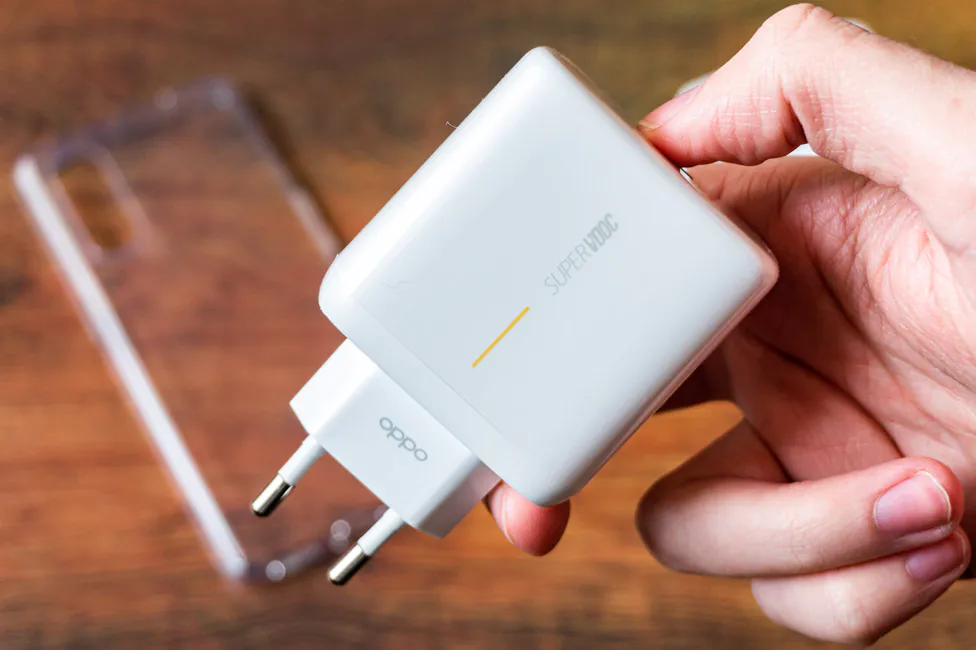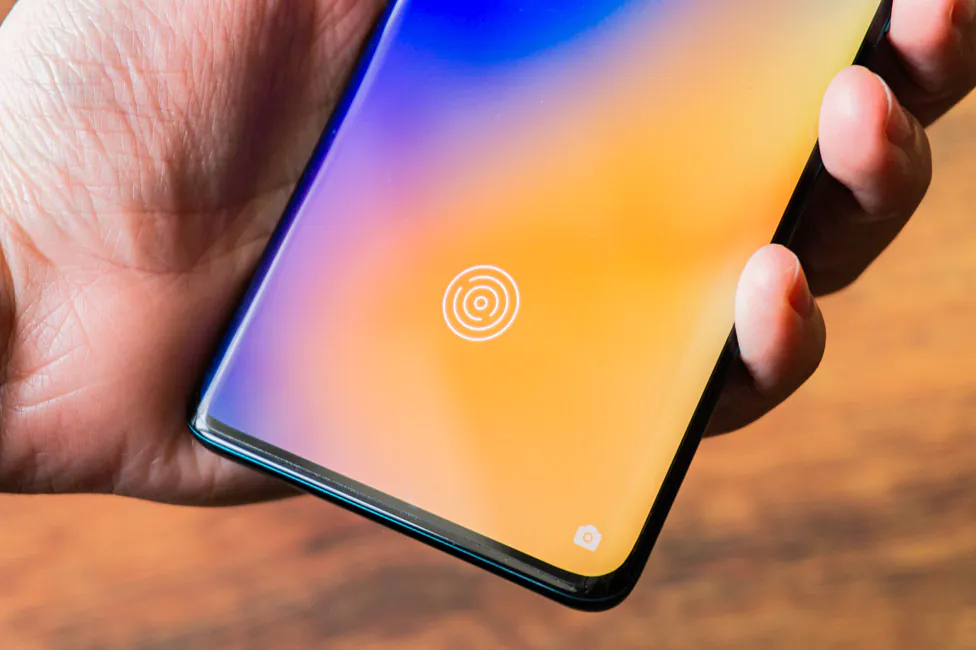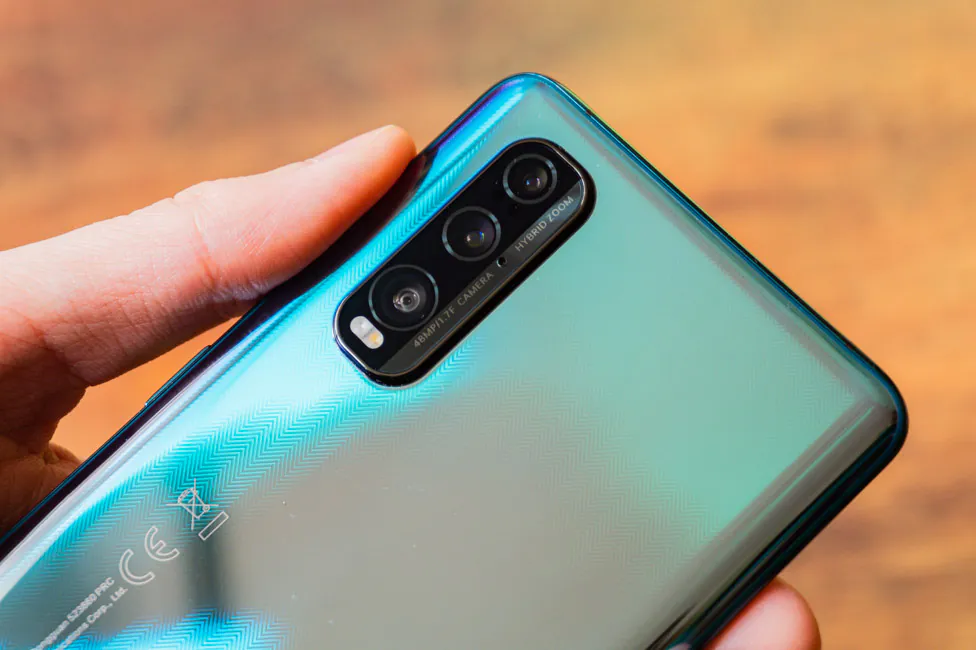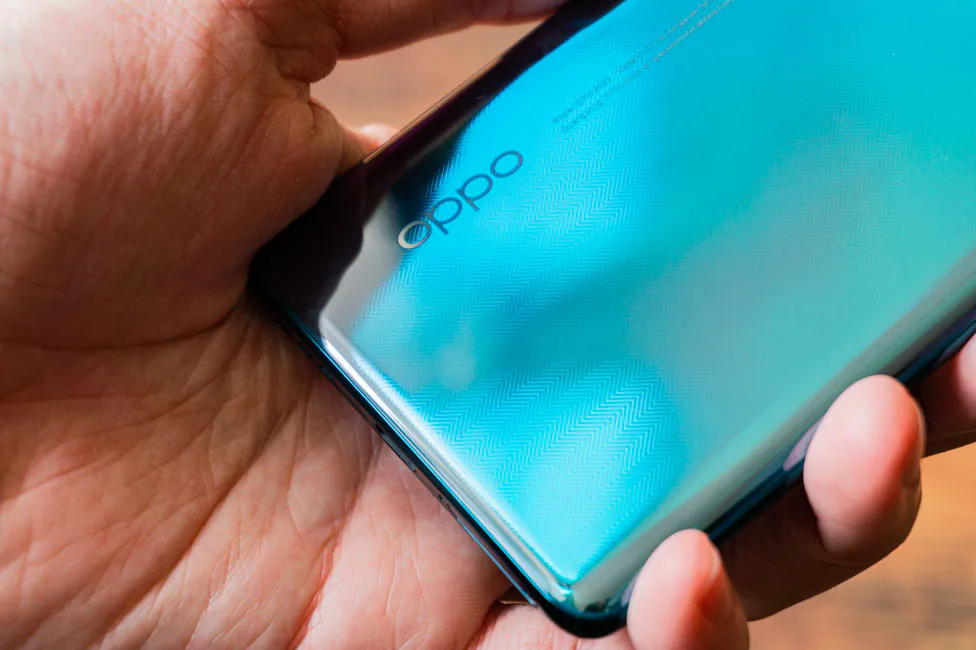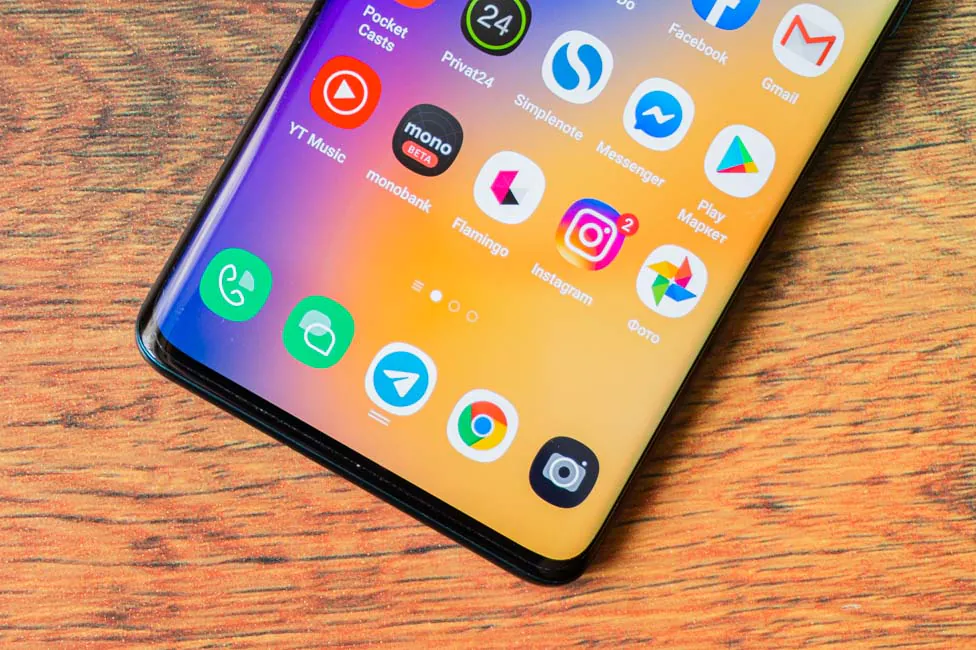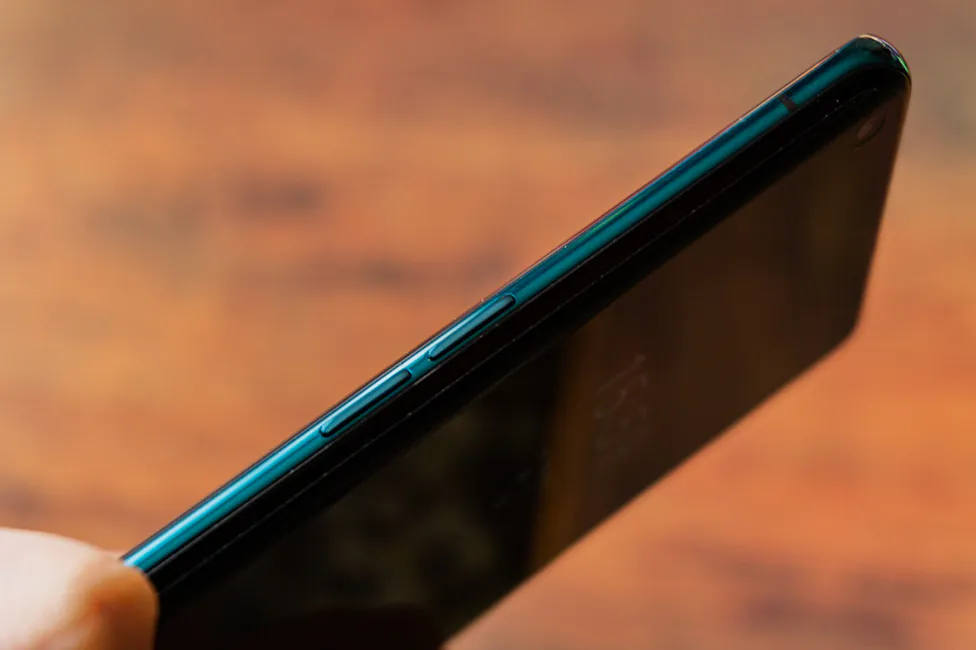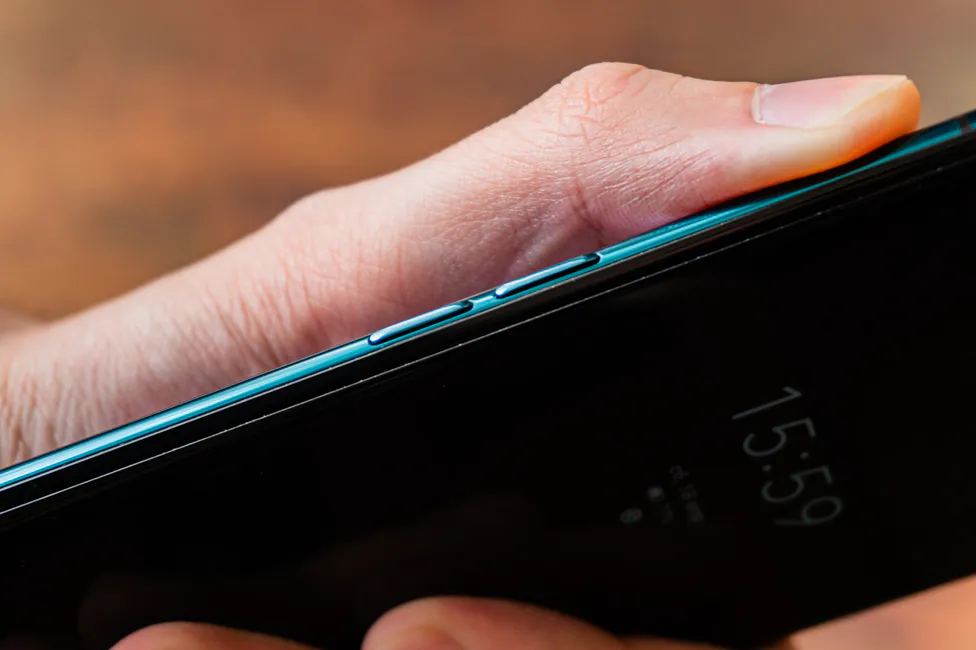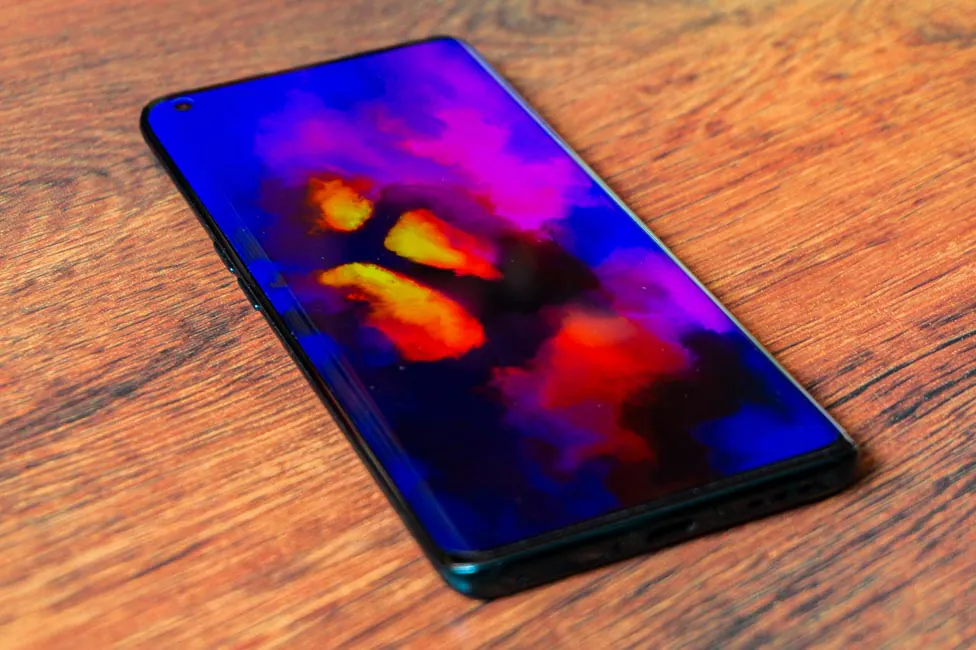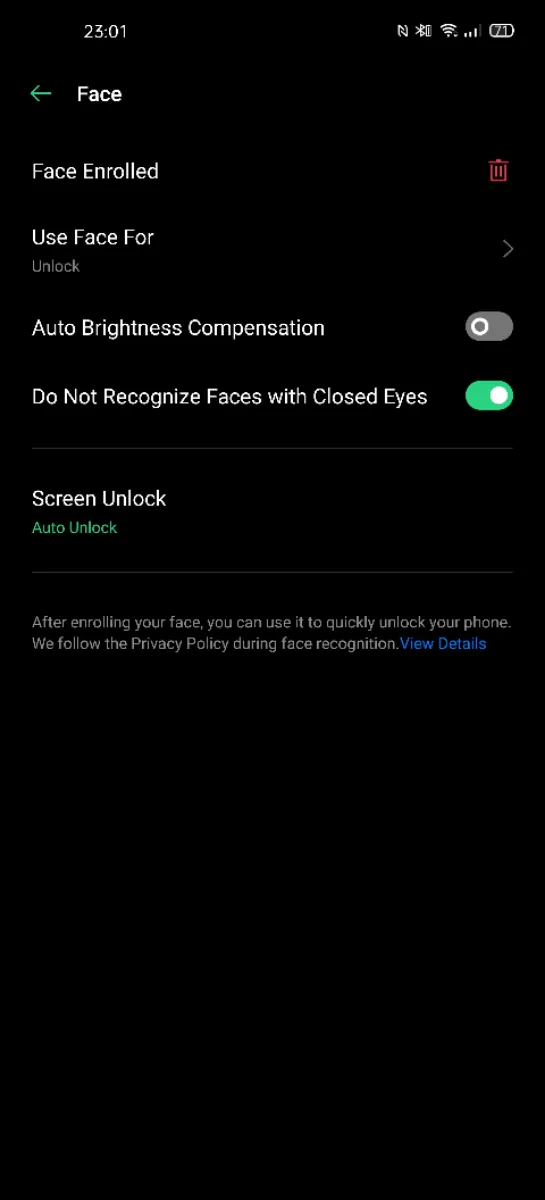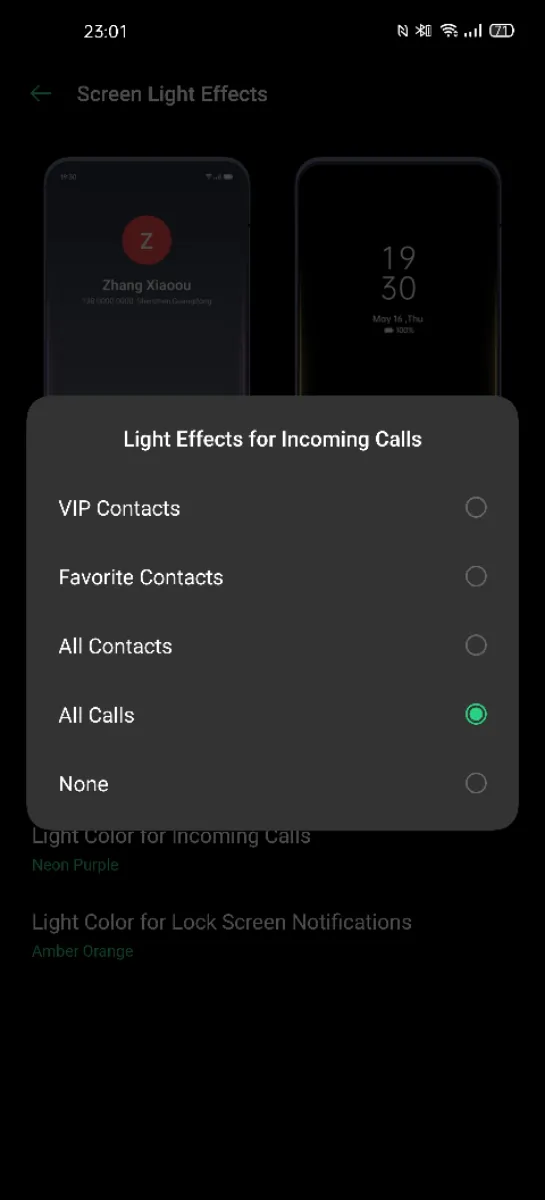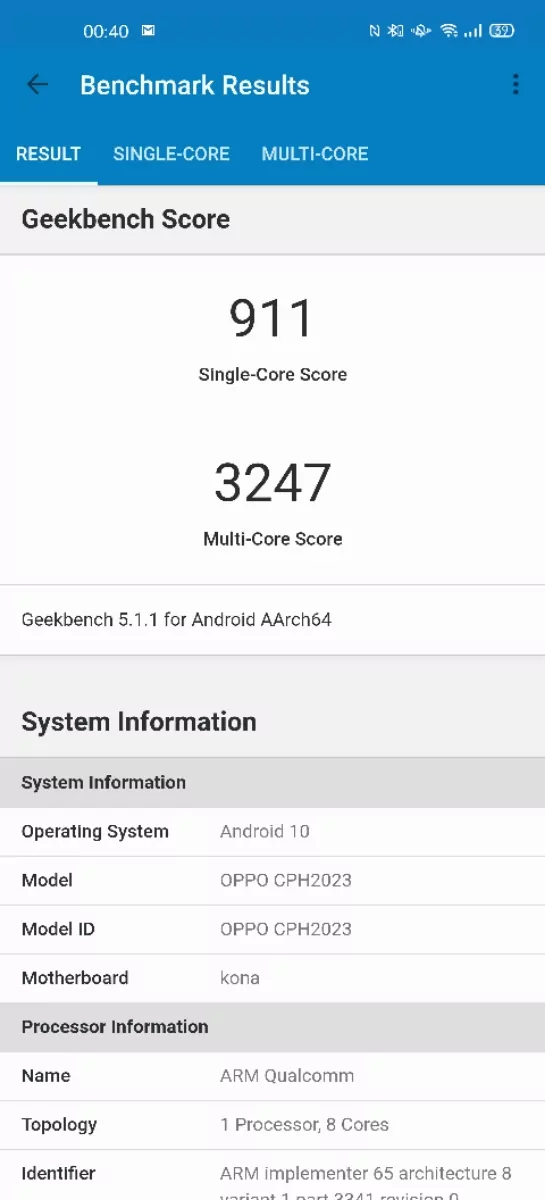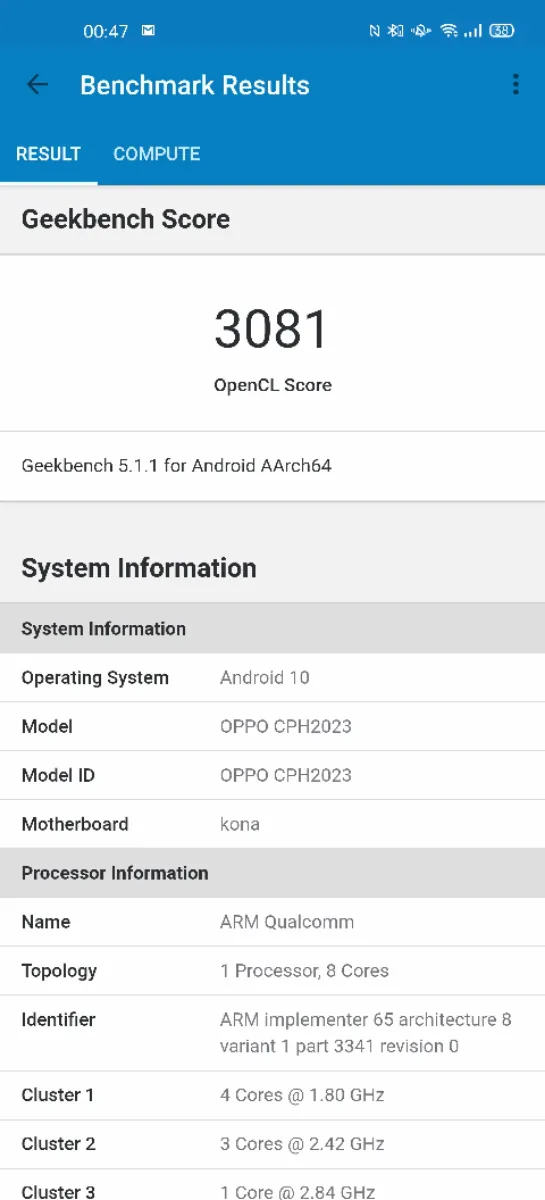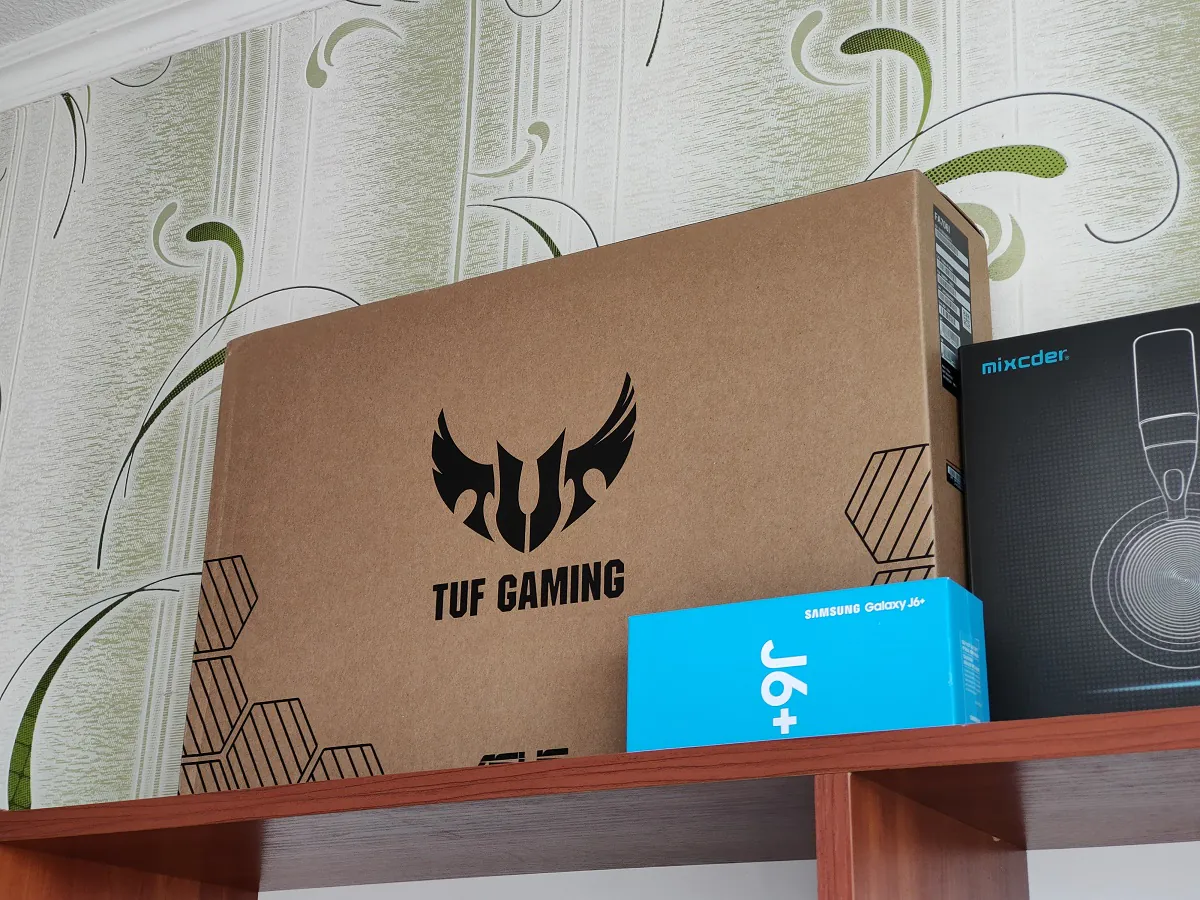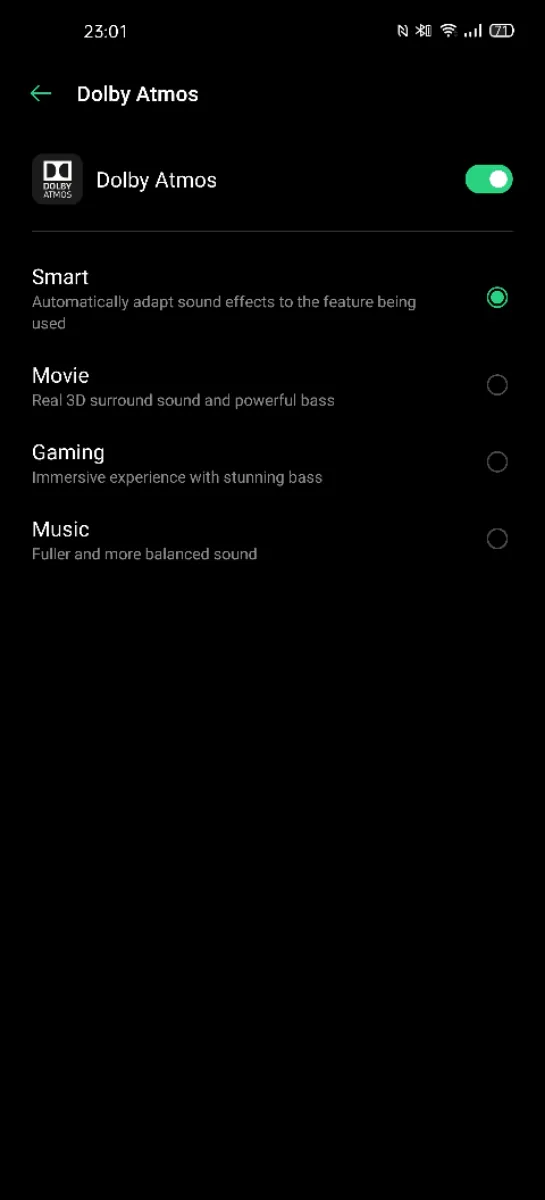© ROOT-NATION.com - Use of content is permitted with a backlink.
This year, there is a particularly active tendency to increase the price tags for flagship devices among the Chinese companies. On the one hand, this breaks the old way, when we could buy the flagship from Xiaomi, OPPO or OnePlus for half the price of hit devices from Apple, Samsung or Huawei. On the other hand, my experience with Xiaomi Mi 10 Pro proved that such a change as a whole positively affects the final product. Today we’ll find out what OPPO Find X2 will be able to offer consumers in the top segment and how good it is compared to its rivals.
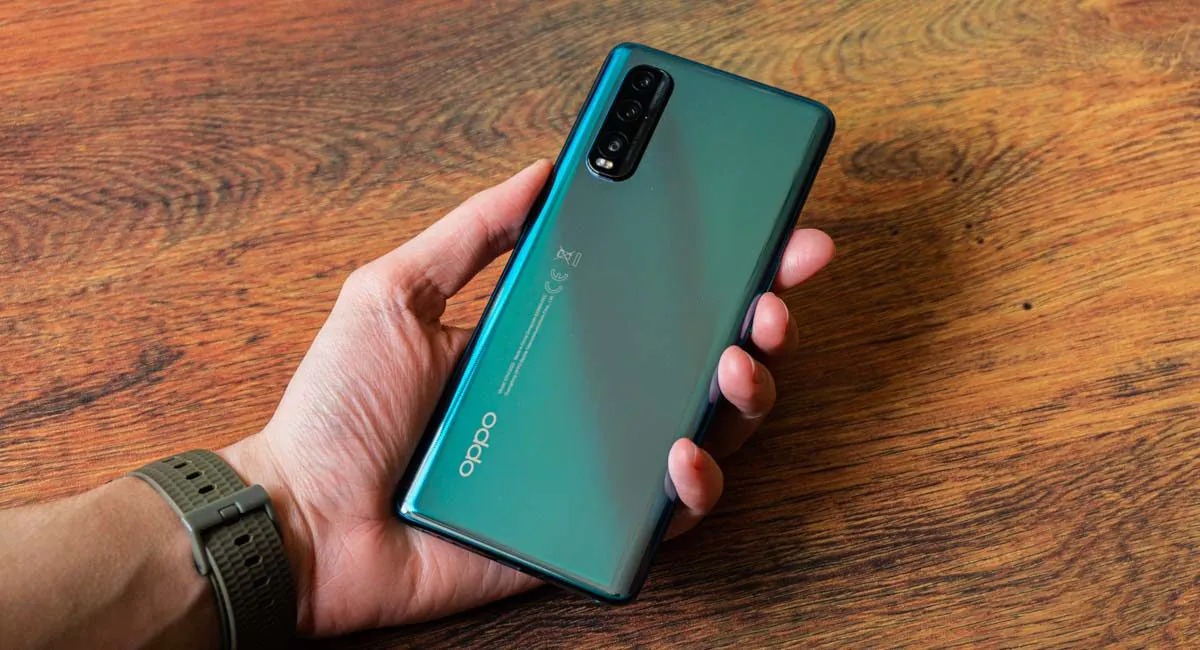
OPPO Find X2 specs
| NETWORK | Technology | GSM / HSPA / LTE / 5G |
|---|
| LAUNCH | Announced | 2020, March 6 |
|---|---|---|
| Status | Available. Released 2020, March 6 |
| BODY | Dimensions | 164.9 x 74.5 x 8 mm (6.49 x 2.93 x 0.31 in) |
|---|---|---|
| Weight | 209 g (Ceramic) / 192 g (Glass) (6.77 oz) | |
| Build | Glass front (Gorilla Glass 6), ceramic back or glass back, aluminum frame | |
| SIM | Dual SIM (Nano-SIM, dual stand-by) | |
| IP54 splash proof |
| DISPLAY | Type | AMOLED capacitive touchscreen, 1B colors |
|---|---|---|
| Size | 6.7 inches, 111.7 cm2 (~90.9% screen-to-body ratio) | |
| Resolution | 1440 x 3168 pixels (~513 ppi density) | |
| Protection | Corning Gorilla Glass 6 | |
| HDR10 120Hz refresh rate 800 nits max brightness (advertised) |
| PLATFORM | OS | Android 10.0; ColorOS 7.1 |
|---|---|---|
| Chipset | Qualcomm SM8250 Snapdragon 865 (7 nm+) | |
| CPU | Octa-core (1×2.84 GHz Kryo 585 & 3×2.42 GHz Kryo 585 & 4×1.8 GHz Kryo 585) | |
| GPU | Adreno 650 |
| MEMORY | Card slot | No |
|---|---|---|
| Internal | 128GB 8GB RAM, 256GB 8GB RAM, 256GB 12GB RAM | |
| UFS 3.0 |
| MAIN CAMERA | Triple | 48 MP, f/1.7, 26mm (wide), 1/2.0″, 0.8µm, PDAF, Laser AF, OIS 13 MP, f/2.4, 52mm (telephoto), optical zoom, PDAF, Laser AF, OIS 12 MP, f/2.2, 16mm (ultrawide), 1/2.4″ |
|---|---|---|
| Features | Dual-LED dual-tone flash, HDR, panorama | |
| Video | 2160p@30/60fps, 1080p@30/60fps; gyro-EIS; HDR |
| SELFIE CAMERA | Single | 32 MP, f/2.4, (wide), 1/2.8″, 0.8µm |
|---|---|---|
| Features | HDR | |
| Video | 1080p@30fps |
| SOUND | Loudspeaker | Yes, with stereo speakers |
|---|---|---|
| 3.5mm jack | No |
| COMMS | WLAN | Wi-Fi 802.11 a/b/g/n/ac/ax, dual-band, Wi-Fi Direct, hotspot |
|---|---|---|
| Bluetooth | 5.1, A2DP, LE | |
| GPS | Yes, with dual-band A-GPS, GLONASS, BDS, GALILEO | |
| NFC | Yes | |
| Radio | No | |
| USB | 3.1, Type-C 1.0 reversible connector, USB On-The-Go |
| FEATURES | Sensors | Fingerprint (under display, optical), accelerometer, gyro, proximity, compass |
|---|
| BATTERY | Non-removable Li-Po 4200 mAh battery | |
|---|---|---|
| Charging | Fast charging 65W, 100% in 38 min (advertised) SuperVOOC 2.0 USB Power Delivery |
What’s in the box
OPPO Find X2 comes in a medium-sized dark blue cardboard box. Inside, in addition to the smartphone, there is a simple transparent silicone case, a power adapter (65 W), a USB/Type-C cable, white wired in-ear headphones with a headset function and a USB-C plug, as well as a SIM card eject tool and some documentation.
The case, as I said, is the most basic, but better than nothing. There is nothing unusual with the headphones either – OPPO Reno2 Z had the same EarPods clone. Just connect it via Type-C. There’s also a high-quality protective film; it’s already on the smartphone screen.
Design, materials and build quality
The front panel of OPPO Find X2 looks the same as many other Chinese flagships this year, similar to OnePlus 8/8 Pro and Xiaomi Mi 10/10 Pro. The glass is curved on the sides and a hole with a front camera is located the corner of the screen. Due to the bends on the left and right, it seems that there are no bezels on the sides at all, but we know this trick.
The placement of the camera unit is what distinguishes smartphones nowadays, but Find X2 is nothing special. Of course, the block is not as boring as in Mi 10 Pro; it has a slightly more rectangular shape.
What remains is… the color. But first, I’ll tell you what colors there are, and what feature each has. So my sample is blue, at least it’s called Ocean. The second is just black, with a darker line passing through the block of cameras. And most interestingly, each color has its own material. The blue one has glass (the manufacturer is not specified), while the black one uses ceramics. Because of the material they will differ in weight – ceramic weighs 209 grams, 17 grams more than glass.
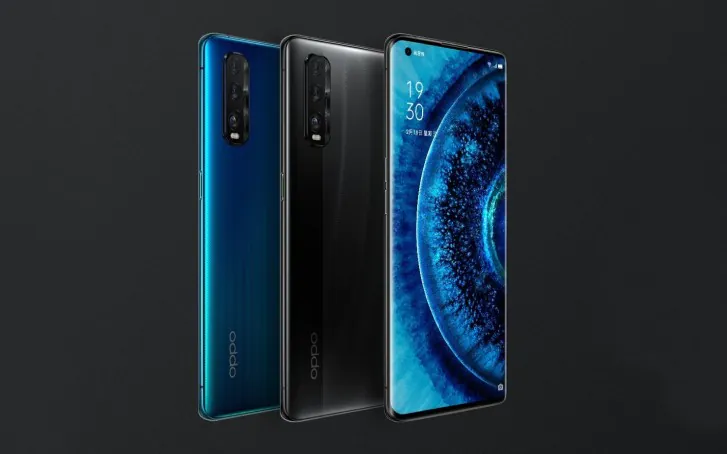
Back to my sample. I initially did not expect anything interesting. Over the past two years I’ve seem all the possible gradients, textures under glass or plastic, and so on.However, OPPO Find X2 managed the impossible – it surprised me. The color changes depending on how and what kind of light falls on the back of the smartphone.

And during my time with the smartphone I’ve seen it all. The “native” blue – check. But the color turned green, turquoise, purple and even gray or something, under certain conditions. A real chameleon. In addition to such an “adaptive” color, there is also a wave-like pattern under the glass, which is always visible close up. But again, depending on the conditions. In short, OPPO managed to impress me with the design.
Here’s one bad thing – a large number of labels and markings next to the logo on the back, which spoil the look of the smartphone. But these are the requirements for manufacturers to sell devices in certain regions. And also, matte cover would have been better than the glossy one.
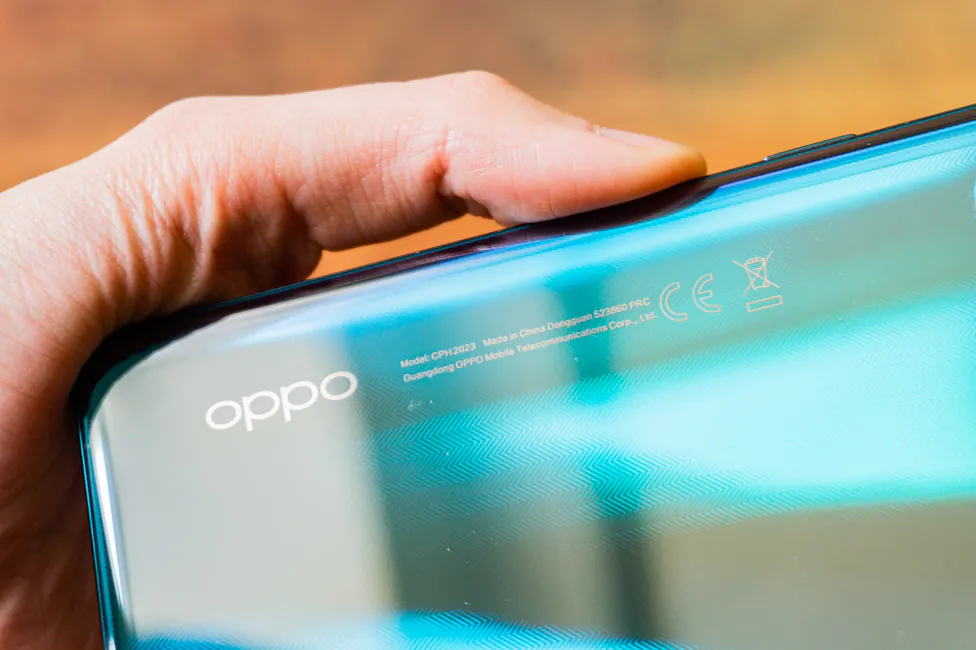
The frame is aluminum, glossy, painted blue. Bottom and top have familiar flat ends, but the smartphone can’t stand on them. Corning Gorilla Glass 6 in the front. The glossy body collects fingerprints very well, but you can easily wipe them off thanks to oleophobic coating on both sides.
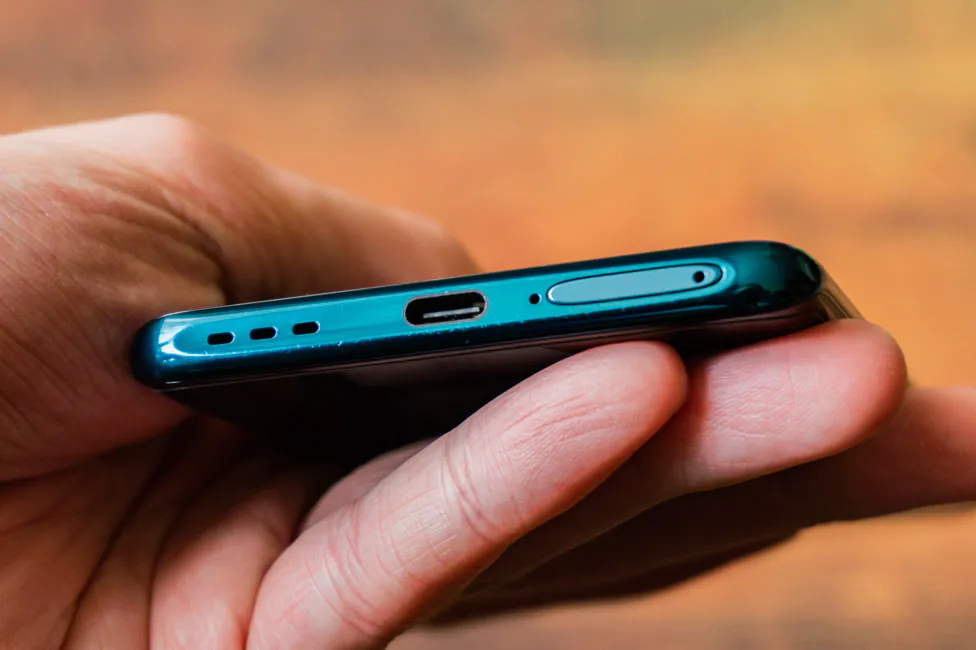
Moisture protection according to the IP67/68 standard is not here, but there is IP54 certification, which implies minimal protection against dust and splashes from any direction. Not perfect, but at least it’s something. Build quality is great, no qualms here.
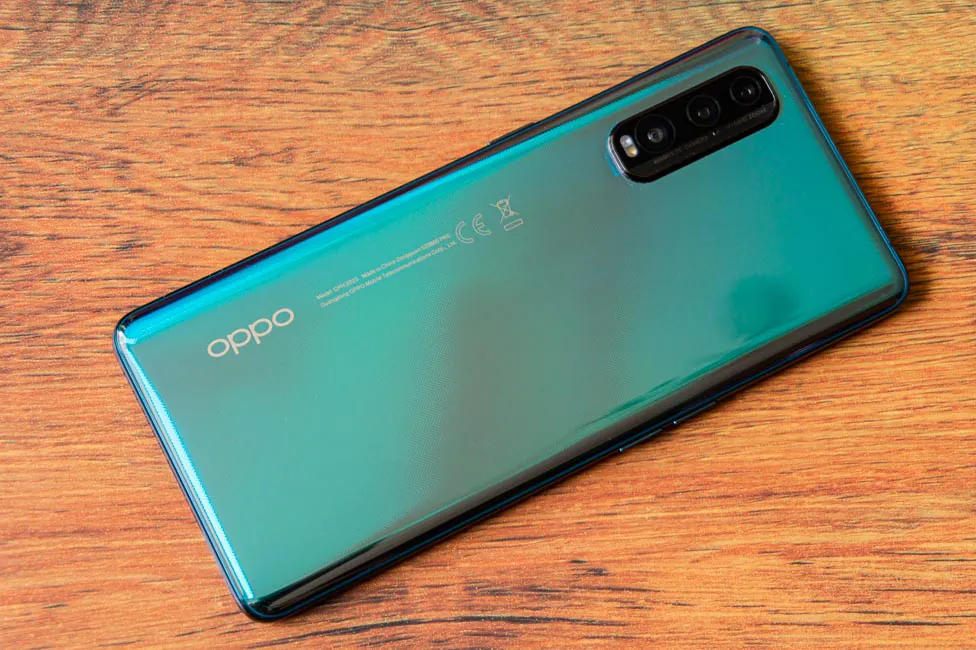
Element configuration
At the top we have a selfie camera in the upper left corner, a mesh with a speaker and light and proximity sensors. Bottom is empty, no LED.
On the right side is a large power button with a signature green slot, a distinctive feature of OPPO smartphones. The volume control keys are separate and are located on the left side – another usual sight for OPPO devices.
It seems unimportant, but I like that both affordable and flagship smartphones share similar philosophies. I like this approach.
Below is a slot for one nanoSIM card and that’s it. I will not say whether there will be a place for the second in the commercial version. But in general, in theory, there is an option for two SIMs.

There’s also USB Type-C version 3.1, which is nice to have, as well as a multimedia speaker and a microphone. Above there is only an additional microphone.
I already talked about the back side: a vertical unit with cameras and a flash, service markings and the manufacturer’s logo. But interestingly, there is a microphone in the camera unit (the third one), and the eyes are arranged in ascending order, judging by the size of the individual ones.
Ergonomics
OPPO Find X2 is a very large smartphone, which was absolutely expected, given the 6.7″ display. The glass version, as in my test, weighs 192 grams, and the dimensions of the case are as follows: 164.9 × 74.5 × 8 mm. Dimensions-wise, it’s somewhere between Xiaomi Mi 10 Pro and Samsung Galaxy S20 Ultra. Using it with one hand is impossible.
The camera unit does not stick out too much, but the smartphone is still not stable on a flat surface. The case is slippery if you use the device without a case. That’s where the issues end. Because the buttons are spaced on different sides, so somehow you don’t need to reach for them, and secondly, they are large and easy to find. In addition, there are no accidental touches, although they could have been with a curved screen.
OPPO Find X2: Display
We turn to the screen, which is very interesting. It’s 6.7’ with a 19.8:9 aspect ratio. The matrix is made using AMOLED technology, resolution QHD+ (3168 × 1440 pixels), pixel density 513 ppi. The refresh rate of the screen is 120 Hz, and the frequency is up to 240 Hz. There is support for HDR10+; DCI-P3 coverage is 100%. All this is already impressive, but there’s more to OPPO Find X2.

Let’s start with the picture. It is magnificent, there are no other words for it. Great color rendering and a huge margin of brightness – up to 800 nits in manual and up to 1200 nits in auto mode, and excellent viewing angles with a minimum green tint, which becomes white at an angle. Yes, bends slightly spoil the integrity of the image with distortions of light tones. In the battle of practicality and design, the latter apparently won. We have no choice but to reconcile ourselves and go to the dark side (the theme, I mean).
The clarity of the picture in QHD+ is simply gorgeous, and it is no wonder considering the pixel density. Of course, there is a difference between this resolution and Full HD+, and it is clearly noticeable if you switch to one in the settings and then immediately switch back. Of course, you can get used to any option, but if you can use the advanced, then why not? But there can be two reasons to choose FHD+: screen refresh rate and battery life. I will talk about the battery in the corresponding section, but for now let’s talk about the frequency.

If you read our Samsung Galaxy S20 Ultra 5G review, you probably know that a 120 Hz screen refresh rate is only possible with Full HD+ resolution. Unpleasant revelation, sure, but there was some information about a possible update that would make it possible to use WQHD+ and 120 Hz together. But for now, it’s still only a rumor. However, I was distracted. Find X2 immediately allows you to select the desired resolution and frequency. Yes, here you can turn on 120 Hz with QHD+ resolution and it’s really cool. But I would love to have some kind of middle ground, namely 90 Hz.

120 Hz allows for excellent smoothness; all other smartphones with 60 Hz screens no longer feel smooth and fast to me. True, there are nuances. Some third-party applications still work at the usual frequency. This mainly concerns games – even though some have the option to enable 120 FPS, but still the game goes to a maximum of 60 FPS. It’s probably up to application developers to fix this. Or OPPO.

The color temperature of the screen can be automatically corrected depending on the ambient lighting. The screen will be able to acquire either a warm or cold tone without user intervention and regardless of the color display mode. In other words, it’s not unlike True Tone feature. There is also DC Dimming flicker reduction feature, but this is not particularly interesting compared to the dedicated O1 Ultra Vision Engine chip.

According to the manufacturer, in some video applications, including YouTube, Netflix and Amazon Prime Video, it’s possible to use motion compensation technology and increase the number of frames per second from less than 30 to 60 or even 120. Honestly, it sounds incredible, but it really works. I turned on the same video at 24 fps on two smartphones, one of which was OPPO Find X2 with 120 Hz, QHD+, Vision Engine function enabled with an increase of up to 60 fps. There really is a difference and on Find X2 the video looked much smoother. You can even set the “acceleration” to 120 fps, but you have to lower the screen resolution to Full HD+. But “normal acceleration” of up to 60 FPS is entirely sufficient. The feature also allows you to display SDR content in HDR mode.

In the settings you will find: night theme (scheduled, you can also force it to third-party applications), the eyesight protection, a slider for changing the color temperature or auto-adjustment, three screen color modes (bright, normal, cinematic). Next, the aforementioned choice of resolution and screen refresh rate, as well as Ultra Vision Engine and DC Dimming. Applications can be deployed in full screen, if for some reason they don’t do it by themselves.
There is a backlight on the edges of the screen for notifications or calls, as well as Always-On with a date and time. There are 12 digital watchfaces and 6 analog watchfaces to choose from. Application icons with notifications are also shown there.
Performance
When it comes to hardware, it’s a serious flagship of 2020. OPPO Find X2 uses the currently top Qualcomm Snapdragon 865 platform: 7nm, 8 Kryo 585 cores with three clusters. One core with a maximum clock frequency of up to 2.84 GHz, another three cores with a clock frequency of up to 2.42 GHz and 4 cores with a clock frequency of up to 1.8 GHz. Adreno 650 helps with the graphics.
As you can see from the tests above, we have one of the most powerful devices. By the way, I ran all the tests twice, because there is a so-called high performance mode. But it turned out that there was no difference between it and the default one, because the results were basically the same.
The cooling system was also improved: the throttling is not as big an issue as with Xiaomi Mi 10 Pro on the same hardware. Who would’ve known that Xiaomi could’ve done without an external cooler for an additional fee…

There are only two variations of RAM: 8 or 12 GB, the type of memory is the latest LPDDR5. The smartphone copes with multitasking perfectly and does not offload running applications, even when there are 20 of them.

There is 256 GB of storage, although there is a version with 128 GB of storage as well. From the 256 GB drive, 221.18 GB are left for the user, and UFS 3.0 type means fast work. This volume cannot be expanded in any known way. There is no space for a memory card, there are no other versions either. But I think that storage is enough already. Considering that S20 Ultra currently has only the 128 GB version, OPPO in in the clear.
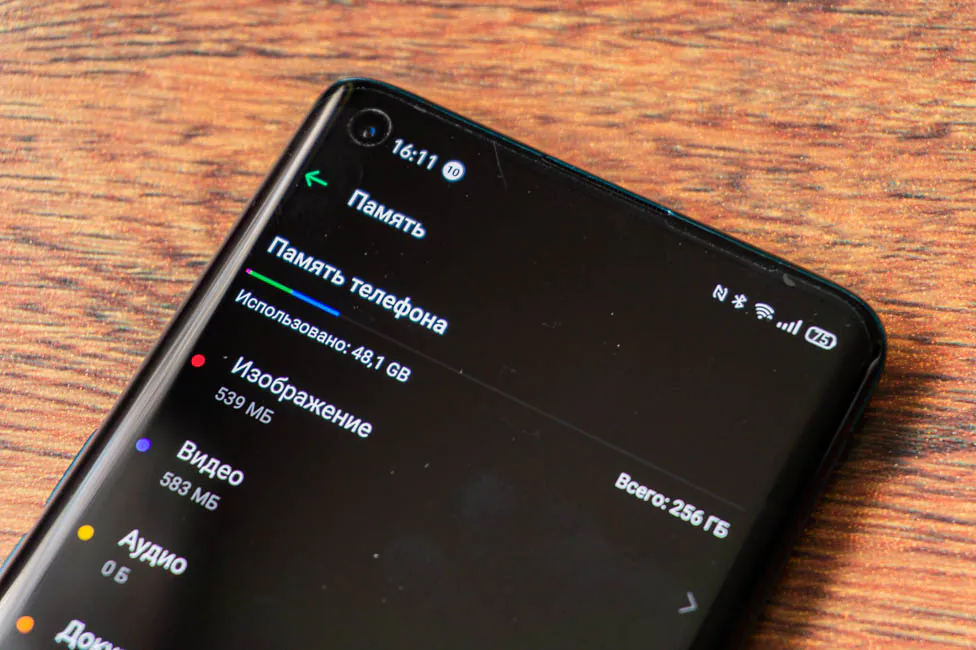
There also aren’t any questions about the speed of the device. OPPO Find X2 works at lightning speed, which is what you expect from a smartphone of this level. No lags, instant response, games on maximum settings. What else is needed for happiness?
True, games rarely go above 60 FPS, as I already mentioned. And it happens that in places we get about 40-50 FPS, which is typical for games with a large open maps, like PUBG Mobile and Call of Duty Mobile. Gamebench helped me measure FPS games, with QHD resolution:
- PUBG Mobile – maximum graphics settings with smoothing and shadows, an average of 40 FPS
- Shadowgun Legends – ultra-graphics, an average of 50 FPS
- Call of Duty Mobile – very high, all effects are included, the “Battlefront” mode is ~ 60 FPS; Battle Royale – ~ 40 FPS

OPPO Find X2 cameras
Personally, I really like the manufacturer’s approach to the number of cameras in the main unit. There are three modules in total and each one has a certain focal length. No low-quality macro-modules or almost useless depth sensors here.
- 48 MP, f/1.7, 26mm (wide), 1/2.0″, 0.8µm, PDAF, Laser AF, OIS
- 13 MP, f/2.4, 52mm (telephoto), optical zoom, PDAF, Laser AF, OIS
- 12 MP, f/2.2, 16mm (ultrawide), 1/2.4″

Let’s start with the main lens. It takes high-quality, detailed photos during the day, and if you shoot with AI turned off, then with very natural colors as well. If on the contrary you want to immediately get a bright, colorful pic, then the built-in optimizer will help in this matter, be sure.
In the room, the smartphone also shoots with dignity, retaining most of the details. In the evening or at night, everything is also relatively good, even in automatic mode, and the night mode will produce a lighter photo, but also with a little more noise. If you can hold the smartphone still for some time, you will get a very good result, because the night mode also has the so-called tripod mode.
In general, this module makes good photos, and there is practically no difference between the standard 12 megapixels and the full 48 megapixels, except that the last has a little more details.
PHOTOS IN FULL RESOLUTION FROM THE MAIN MODULE
Next, let’s talk about telephoto lens. Here the module itself is fine, but the software…. It’s no secret that if the software considers that there is not enough light around, then when you turn on the telephoto, we will get rough digital zoom from the main module. And for the most part this is the right decision, because telephoto modules cannot boast a good aperture and as a result such a crop will turn out to be better than a picture from a telephoto.
PHOTOS IN FULL RESOLUTION WITH ZOOM
But in OPPO Find X2 this parameter is set too aggressively that even with excellent lighting there is every chance to see the crop factor. But it will not be better than a picture from the telephoto module. Ask then why the smartphone will not produce a photo from the desired lens? Because the appearance of even the smallest darker object in the viewfinder is immediately defined as an insufficient level of lighting. I will explain with an example below. The first picture is photo the telephoto – day, a lot of light, everything is fine. After a moment, under the same conditions, a hand appears in the frame and that’s it – the smartphone regards this as poor conditions and gives us a digital crop from the main sensor.
In principle, even with such an example, it can be seen that the “figure” is much weaker in terms of quality. And this happens all over the place. This is very bad, because the 2x zoom in itself, when it’s a real physical telephoto, is good: the pictures are sharp, clear, with the right colors. And due to the fact that software is constantly chopping this module, it rarely works at all. And if you need to shoot some object, just with the correct geometry? The picture will be mediocre due to insufficient quality.
But what about the manual mode? Can’t you just use telephoto lens constantly? Why is OPPO so unsure of its capabilities? I have no idea. Hope an update will fix this soon.
5x hybrid zoom generally works on the same principle, but it is positioned as hybrid, then you can’t expect anything from it. In my opinion, in any case, it is too weak in quality and I do not see anything outstanding in 5x.

Finally, the ultra-wide module. Here you have autofocus, which is important. But at the same time, there’s no unusually wide angle. If in general ultra-wides have a 13 mm LDR, then in Find X2 it is only 16 mm, which is not very much. Although 120° on paper sounds promising, but in practice the viewing angle is narrower. At least it is not as wide as that of competitors. On the other hand, the sharpness is the same with no typical blurring at the edges.
PHOTOS IN FULL RESOLUTION FROM ULTRA-WIDE LENS
As for the overall quality of photos, it is at a normal level in daytime conditions and weak in the night. Of course, you can turn on the night mode, but the result will still not be very good. As per usual. But the fact that there is autofocus is a big plus. This not only allows you to use the full potential of the module in different creative ways, but also allows you to make great photos in macro style. It turns out that a separate module is not really needed for this.
PHOTOS IN FULL RESOLUTION IN MACRO MODE
And rest assured, such an implementation, in terms of overall quality, will be better than a dedicated module, because an ultra-wide with a small digital zoom allows you to shoot objects at a distance of 3 cm. At the output, we get normal pictures with a resolution of 9 megapixels. The mode is turned on automatically when the camera approaches an object, but why can’t I turn off auto-activation? I don’t know. Sometimes this interferes for obvious reasons – you want to photograph something close up on the main sensor, and you get a lower-quality photo from the ultra-wide lens, also with a digital zoom.
You can record video at 4K/60 fps on the main module. The video turns out good, with quite high-quality sound, which can also be amplified by zooming on an object that makes this sound. I was pleased with the optical stabilization, which works very well. In this mode, there is the possibility of digital zoom, but no ultra-wide lens.
This option becomes available when switching to 4K and 30 fps. In addition, if the effectiveness of optical stabilization is not enough for you, you can activate an additional digital one – Ultra Steady. But then the resolution will drop to 1080p with 60 FPS. And if you need a straight perfectly smooth picture, than Ultra Steady Pro makes 1080p with 60 FPS, but from the ultra-wide lens with a small crop.
The selfie camera is 32 megapixels (f/2.4, 1/2.8″, 0.8µm) and with it everything is just fine in general terms. Normal viewing angle, good quality, but it is still far from the selfie camera in S20 Ultra. At least because it is without autofocus and does not know how to shoot 4K video.
The camera application as a whole is simple and straightforward. Four main modes: night, video, photo, portrait and several additional. I have already voiced the main problems – the manual mode is not entirely manual, macro don’t have a separate mode. That’s about it.
Unlocking methods
OPPO Find X2 is equipped with an optical in-screen fingerprint scanner and it is excellent. It scans the fingerprint quite quickly and just as quickly the smartphone unlocks. There are no comments on stability at all, especially after some time using the smartphone. After all, the scanner has the ability to constantly memorize the fingerprint with each successful application of a finger in the future, and not only during initial setup.

So yes, it can be trained and its accuracy will constantly improve. Over time, you will be able to unlock the smartphone even with that part of the finger that you didn’t add initially. And this is a great feature of a fingerprint sensor.

Face recognition works with a single front camera. The response speed is just wonderful – the smartphone is very quickly unlocked in almost any environment. In daylight or artificial lighting, it works instantly, regardless of which way the smartphone is activated — by gesture, touching the screen, or power button. By default, in complete darkness, the screen brightness does not increase, therefore, unlocking the smartphone with your face will not work. If the room has some kind of light source that at least slightly illuminates the face, then most likely the method will work.
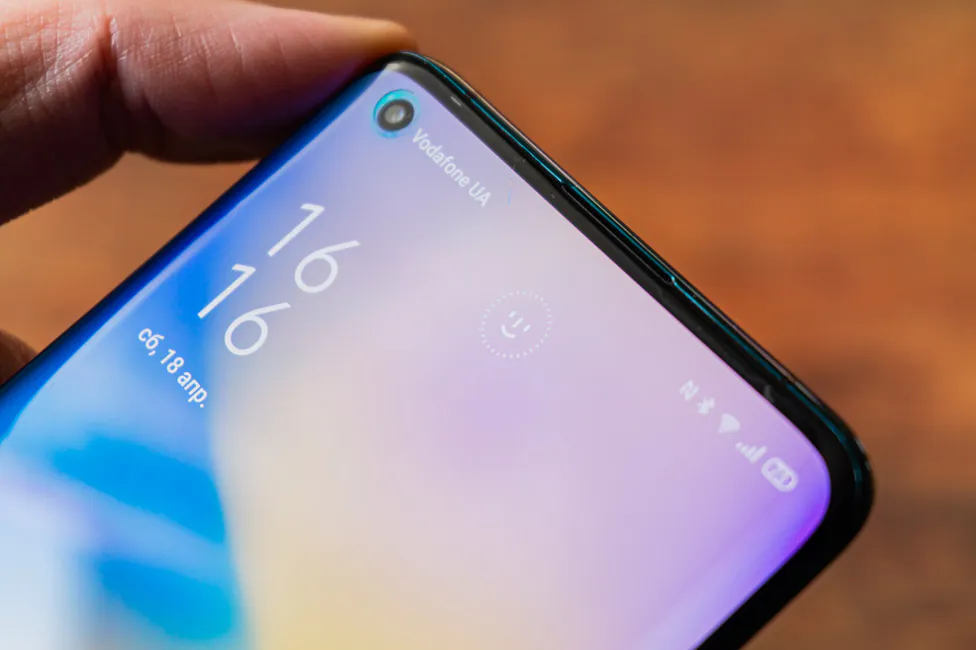
But in any case, it is possible to turn on the option of additional face illumination, and strangely enough, it helps. Yes, in some situations, filling the screen with white will be annoying, but it won’t blind you. The transition is as fast as possible. According to personal feelings, it lasts no more than one second.

OPPO Find X2 battery life
The phone has two 2100 mAh batteries. Yes, a somewhat atypical solution for a smartphone. But in other words, the device is powered by a dual-cell battery with a total capacity of 4200 mAh. Not very much, taking into account the huge display with tons of features. I’m talking about its maximum resolution and refresh rate.

For a while I used a smartphone with QHD+ and 120 Hz, and then switched to FHD+ 120 Hz. In both cases, Always-On was enabled from 8:00 to 21:00. The difference was present, but it hardly changed much.

In my scenario, Full HD resolution added 30-40 minutes, which is about 5 hours of total display activity. With Quad HD it is really possible to get from 4-4.5 hours per day. As a result, I can’t say that the smartphone works for a long time with any of these two modes. These are the most common numbers, below average. Obviously you should not count on a day and a half or even two days. From morning to evening – yes, that’s enough, but nothing more.

But since I cannot repeat the same use case twice with full accuracy, I suggest looking at the numbers from PCMark Work 2.0 benchmark, with maximum screen brightness. The test gave exactly 5 hours with QHD+ and 5 hours 57 minutes with FHD+. As you can see, Find X2 worked for almost an hour longer with a lower resolution. Therefore, those who focus on operating time should probably reduce the maximum screen resolution. In the opposite case, which is logical, we get a clearer screen, but also less autonomy.
Summarizing all of the above, I personally can not praise OPPO Find X2 for its battery. But in my experience, it definitely works longer than Galaxy S20 Ultra. What can help Fast charging SuperVOOC 2.0 up to 65 watts, but the problem was that I couldn’t measure the speed because I didn’t have the bundled cable. And I couldn’t find another one that can pass such a current with a USB-A connection.

But if you trust with numbers from the company’s website, then in 10 minutes the smartphone is charged up to 40%, and a full charge takes only 38 minutes. Great results, even mediocre battery life can be forgiven that way. We use it to the maximum and enjoy all the delights of the device. But for some reason there is no wireless charging, as well as reverse. That’s a bummer. As for me, the lack of wireless charging is one of the rare drawbacks of a smartphone.
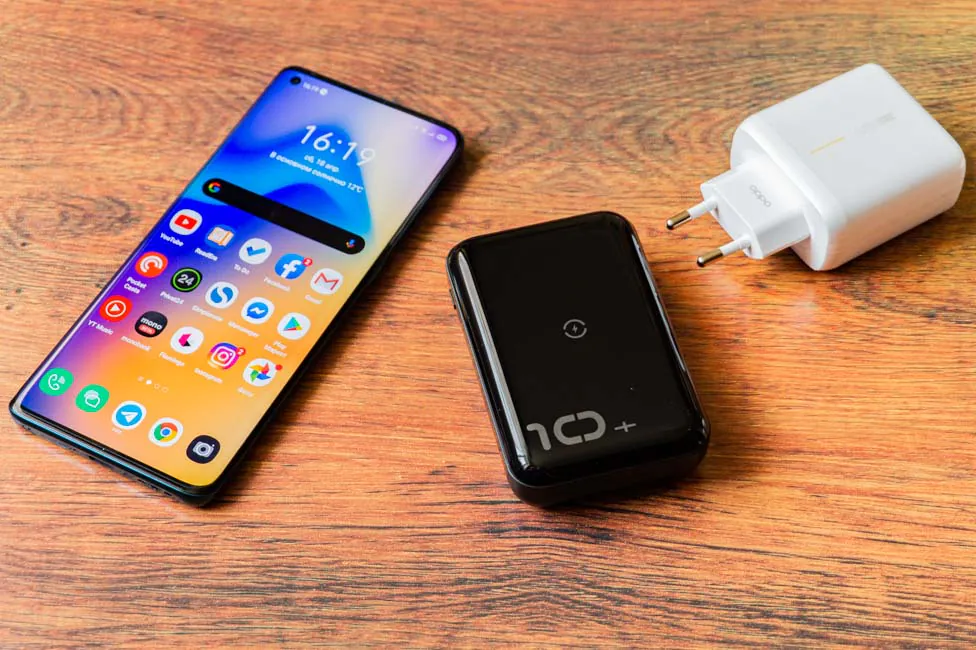
Sound and communication
The speaker in OPPO Find X2 is excellent, the volume is quite enough. In addition, it plays the role of a second speaker when some kind of media content is played. Stereo sound is definitely good, with good volume and decent quality.

Although not the best in this segment, judging by and large. Samsung Galaxy S20 Ultra sounds a little nicer, and Mi 10 Pro, subjectively, surpasses Find X2 in volume and detail.
With wired headphones, everything is fine, I will not evaluate the bundled ones by quality, but the volume is excellent. I also connected other headphones through the adapter from Google Pixel 2 XL and got a very loud and pleasant overall sound. Yes, the only point is that the smartphone does not have a 3.5 mm audio jack, and in the box, as we found out, there is no adapter. Therefore, you will have to take care of this yourself.
And with wireless headphones it all depends on the specific model. Tronsmart Onyx Neo lacks in volume, although the sound is good. The maximum level is basically enough, of course, but I would like to have some kind of margin for a noisier environment. With the Mixcder E10, at the same time, there are no problems either in sound quality or in volume.

Dolby Atmos sound settings work for all sources. Both for speakers and wired or wireless headsets. With the only difference that the equalizer is available only for headphones, and for the speakers you can choose one of four profiles.
And of course – vibration feedback. In this smartphone it is excellent, a pleasant response, in some places of the interface there are additional sounds. OPPO Find X2 is not a leader in this matter, but it’s definitely one of the best.

In the paragraph on wireless networks, I will be brief, because OPPO Find X2 supports everything that a modern flagship user may need. 5G networks – check, Wi-Fi 6 – check, Bluetooth 5.1 (A2DP, LE, aptX, aptX HD) – of course check. GPS (A-GPS, GLONASS, BDS, GALILEO) works fine, NFC allows you to quickly pair with other devices and make contactless payments.

Firmware and software
Here we get an Android 10 smartphone with ColorOS 7.1, a proprietary shell from OPPO. It has a lot of features, various gestures, navigation methods, application cloning and all that. In fact, the shell is nice, it has everything you need and even more.
Verdict
OPPO Find X2 is an unconditionally cool smartphone with tons of pros: probably the best display at the moment, the best hardware, the fastest charging, very fast fingerprint scanner and face recognition, good sound and high-quality vibration.
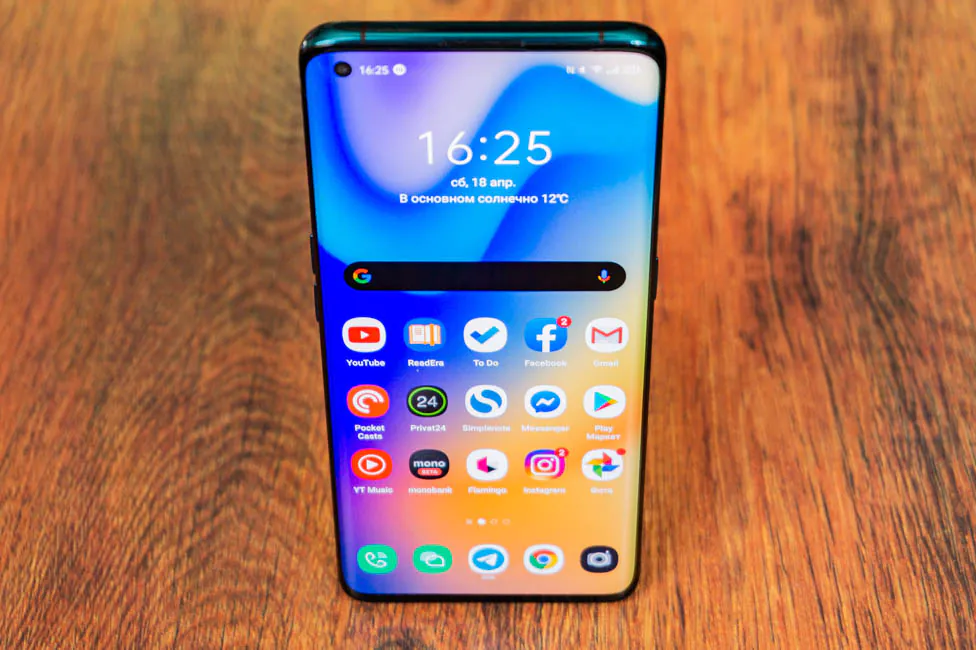
Although there are issues. The smartphone lacks wireless charging, and the standard of protection against dust and moisture does not match the level of competitors. Then there are incomprehensible moments with the camera software, despite the fact that the modules themselves are quite good. The battery life is not outstanding, but fast charging helps a lot.

The price tag is quite high, of course. However, the smartphone approaches the major league on all fronts, including cost. But this is apparently the future that awaits us. On the other hand, with so many advantages, OPPO Find X2 does not look too expensive anymore.
Subscribe to our accounts:




